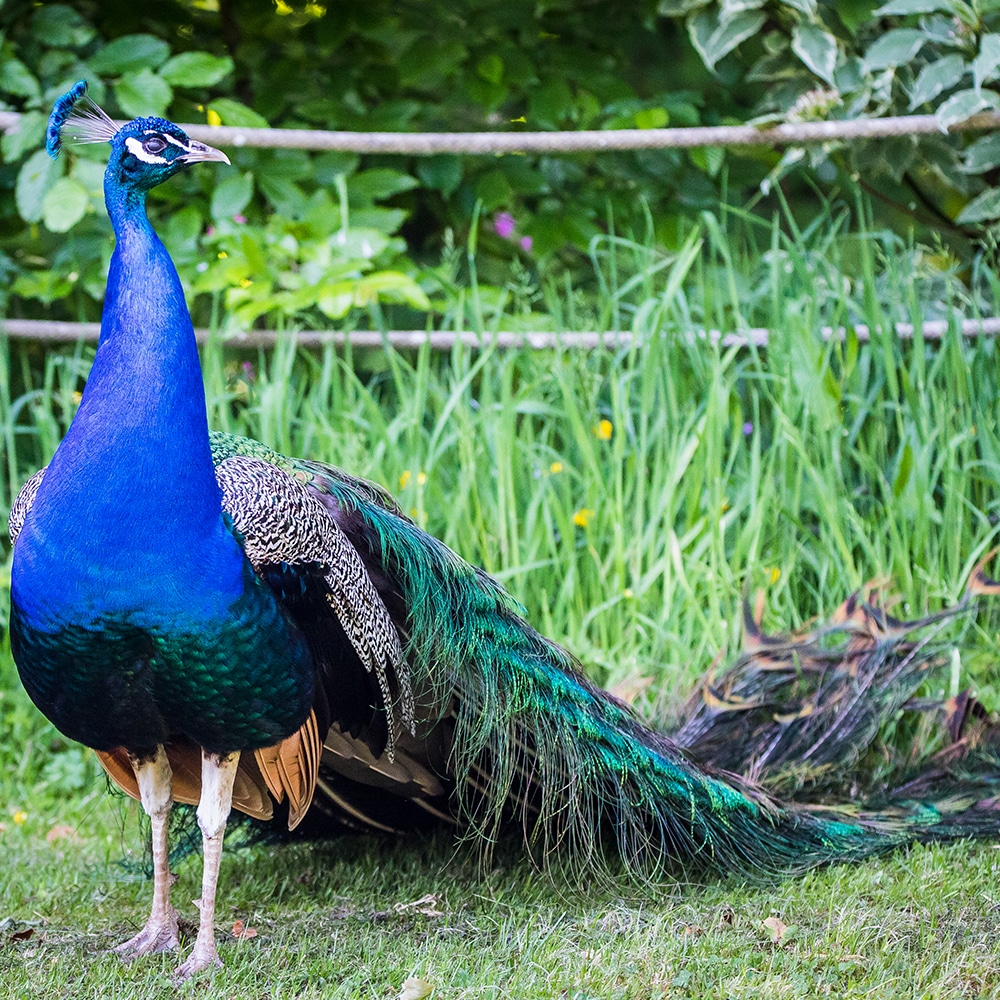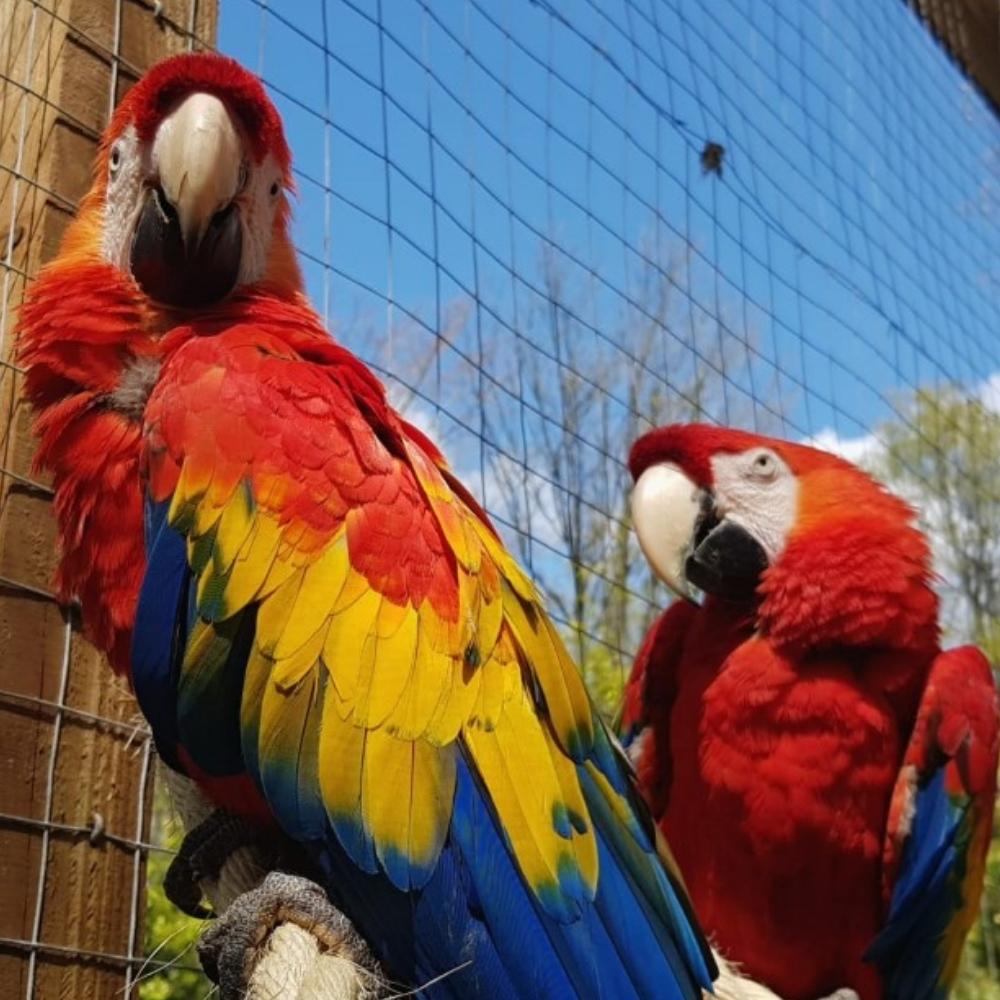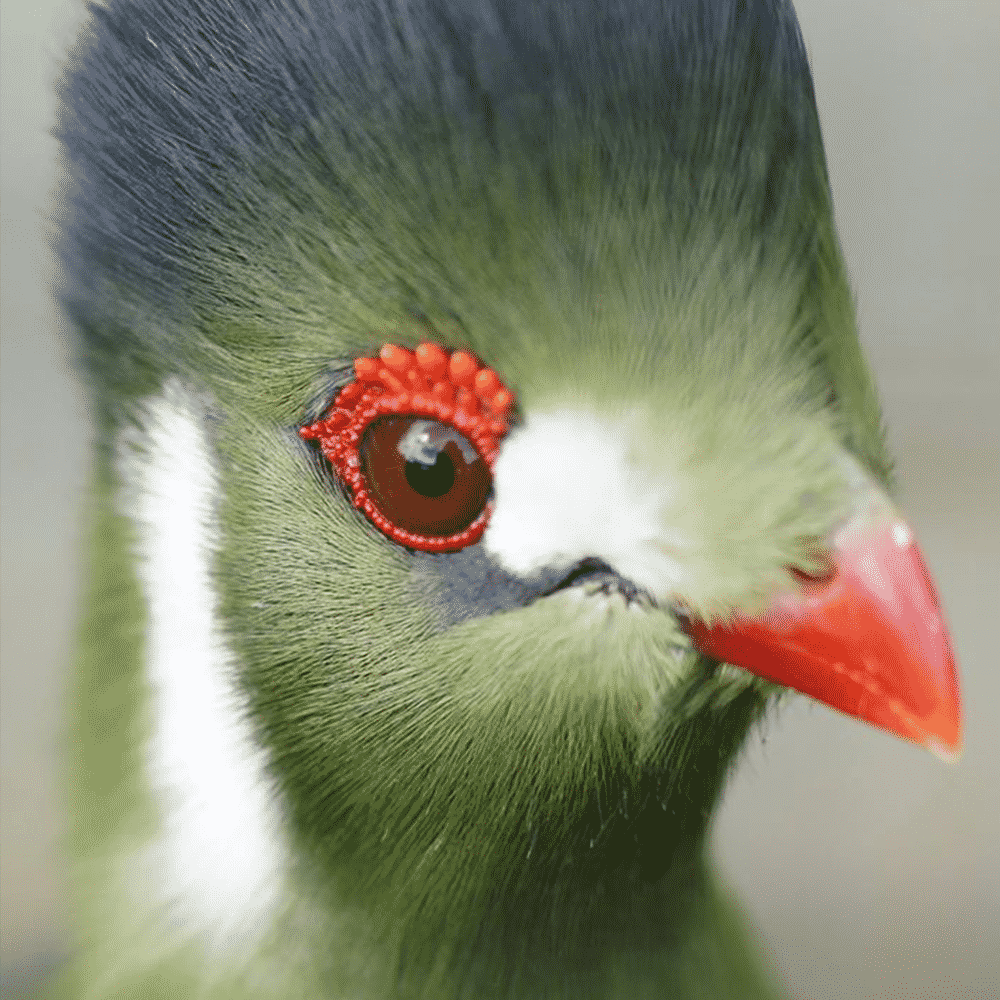
Meet our animals
We have a vast array of animals here at Dartmoor Zoo

African Lion
A lion’s roar can be heard from five miles away! Can you hear our lioness Kimya?

African Pygmy Goat
Our cheeky Cinnamon has retired to an on-show only enclosure near our binturong and geladas.

Amur Leopard
Amur leopards are considered the rarest cat in the world, with around 100 left in the wild.
Listed as critically endangered on the IUCN Red List, we are honoured to be part of the global conservation efforts for this beautiful species.
Pop along and say hello to Freddo and Lena! You can find them next to our wolves!

Amur Tiger
Amur tigers are the largest big cat species. They are sadly classed as endangered with only 500-600 left in the wild. Come and see Dragan, our very lively ambassador.

Azaras Agouti
Can you spot our elusive agouti females Kinder and Munchie? They share their enclosure with our saki monkeys.

Brazilian Tapir
Fortuana (Chana for short) loves tummy tickles and enjoys roaming across our South American paddock.

Capybara
Capybara are the biggest rodents in the world. Our capy family can be seen strutting their stuff in our South American paddock!

Carpathian Lynx
Flaviu and Emily are Carpathian lynx (Lynx lynx carpathicus), a subspecies of the Eurasian lynx coming from the Carpathian basin (Romania, Slovakia and Hungary). They became parents to two kits on Wednesday 29th May.

European Wildcats
We’re home to a gorgeous European wildcat named Moraig.
Listed as critically endangered on the IUCN Red List, these mammals form one of the most endangered cat populations in the world.

Gelada
Geladas are the last surviving species of grazing primate. Come and meet our non-breeding group, Bruno, Kwame and Solly.

Iberian Wolf
Our endangered Portuguese brothers rarely howl but are always on the prowl.

Jaguar
Despite being the third largest big cat in the world, our male jaguar Chincha is an ambassador for the cat with the strongest bite.

Kirk’s Dik-dik
We have 4 Kirk’s Dik Dik named Gregg, Pie, Macaroni and Munchkin. You can find them in our African Aviary enclosure with the East African Grey Crowned Crane and Lilac Breasted Roller!

Mara
Jeronimo, Javier and Pedro love exploring, following their keepers with the feed bucket and munching on grass and veggies.

Northern Luzon Cloud Rats
Cloud rats, or cloud runners, are endemic to the island of Luzon in the Philippines, where they spend most of their time high up in the branches. These animals are nocturnal, but will you be lucky enough to spot our mum and daughter pair during your visit?

Palawan Binturong
Did you know binturongs smell of popcorn? A scent used to mark their territory or attract a mate!
The Palawan binturong is a subspecies of the binturong, an animal found in south-east Asia.

Potoroo
These animals are classed as near threatened in the wild. Here at Dartmoor Zoo, we’re lucky enough to have a beautiful potoroo named Sydney!

Serval
Churchill is our very special Serval resident, rescued from The Cat Survival Trust, who is now joined by a female mate named Sabra.
Due to their slender frame and long necks and legs, Serval cats are often referred to as giraffe cats!
To find out more about Churchill and his journey, check out our appeal!

Short Clawed Otter
Matty and Jasmine are proud parents . You will often hear the family before you see them, especially around feeding times.

Slender-Tailed Meerkat
Our meerkat brothers Twix and Twirl are curious about everything.
We also have two new arrivals (male and female) in our walkthrough habitat named Ben and Geri!

West African Sitatunga
West African Sitatunga are a swamp-dwelling antelope. Their long and splayed hooves make them clumsy on firm land but allow for stable travel through muddy swamplands.
We have a mix group in an off-show enclosure next to our zebras and ostriches!

White-faced saki monkey
We’re home to two white-faced saki monkeys – Splodge (male) and Filis (female). Contrary to what their name might suggest, only the males possess the signature white face.

White-Lipped Peccaries
From Central and South America, find our mixed group of piglike, white-lipped peccaries at the top of our drive!

Zebra
We’re lucky to have two male zebra; Hugh, our cheeky Grant’s zebra and Parsley, our Chapman’s zebra.

African Grey Hornbill
Come and meet Erica, our African Grey Hornbill!
You’ll find her in our African Aviary with our Kirk’s Dik Dik!

Blue and Gold Macaw
You will often catch Buzz and Loulou saying ‘hello’ or having a giggle when you pass their enclosure.

Common Peafowl
Our male and female peafowl are able to free roam around the Zoo, but are usually found in the Walk Through enclosure or in the picnic areas.

East African Grey Crowned Crane
You can spot Derek with his beautiful feathers and enchanting calls. During the breeding season you can even see this species dancing. Don’t forget to keep an eye out for his gorgeous mate, Zuri!

Great Horned Owl
Totem is one of our oldest animals at the Zoo and is very vocal about it.

Greater Rhea
The greater rhea is the largest of all South American birds. Our group of rhea live in the South American paddock alongside our Patagonian mara and Brazilian tapir.

Laughing Kookaburra
Although native to forests, it isn’t unusual to find Kookaburras in urban areas. They take advantage of being around humans by scavenging food, even stealing from picnics and barbeques!

Lilac Breasted Rollers
Our beautiful female loves showing off the eight different colours found within her feathers.

Ostrich
Dorothy is a crosspatch while Pete is a co-operative gentleman. You can see these two strutting their stuff around the African paddock alongside our zebra.

Scarlet Macaws
Doc and Chico live with our blue-and-gold macaws.
Widely regarded as the most beautiful parrot, Scarlet macaws are among the most colourful with large solid swatches of red, blue, and yellow feathers.

White Cheeked Turaco
Turacos are the only birds to possess true red and green pigments.

Crested Gecko
These geckos native to New Caledonia were thought to be extinct until the mid 1990s but a population was rediscovered.
Kali our female Crested Gecko and our male Dylan can be found in our Reptile and Bug House!

Egyptian Tortoise
According to the IUCN Red List, the Egyptian tortoise population is now critically endangered, with less than 8000 individuals remaining.
You can find our Egyptian tortoise King Tut with Winston our spiny-tailed uromastyx in the Reptile and Bug House.

European Adders
Now endangered in the UK, but with laws in place to try and maintain their population, we’re proud to announce we have some European Adders on show in our Reptile and Bug House.

Geyr’s Spiny-Tailed Uromastyx
Our male Winston will go bright yellow when he has been basking in the heat for long periods.
Winston can be found in our Reptile and Bug House.

Giant Day Gecko
This Madagascan gecko species can grow up to 10-12 inches long!
Come and see their gorgeous colouring in person at our Reptile and Bug house!

Lau Banded Iguana
Found on the Lau Islands of the eastern part of the Fijian archipelago, this Endangered species is considered a national treasure by the government of Fiji.
Come and meet our ambassador Tonga for yourself! You can spot him in our Reptile and Bug House.

Leaf Tail Gecko
Henkel’s leaf tail gecko is endemic to Madagascar. Their flat leaf-like tail and mottled skin colour makes them great at blending in with their surroundings.
Gaston can be found in our Reptile and Bug House.

Pancake Tortoise
Listed as critically endangered on the IUCN Red List, we are very proud to have 3 pancake tortoises on site.
They can be found in our Reptile and Bug House – look out for their very distinctive flat shells!

Western Hognose Snake
Come and meet Django in our Reptile and Bug House!
He may be small, but he is mighty, with a foul smell as a defence mechanism and toxins in his saliva!

Yellow-headed Day Gecko
This stunning animal is an endangered gecko species from Madagascar that like to hide on and inside bamboo.
Lorna can be found in our Reptile and Bug House.

Black Beauty Stick Insects
Come and see these exquisite stick insects in our Reptile and Bug House.
Native to a small region in Northern Peru, Black Beauties have been recognised as critically endangered by the IUCN Red List.

Chilean Rose Tarantula
Chilean rose tarantulas are calm, docile spiders native to desert scrub habitats in South America. If they feel threatened this species of tarantula has urticating hairs, which can be thrown from their bodies irritating the threat.

Salmon Pink Bird Eating Tarantula
This species can reach a leg span of up to 25cm.
You can see Biggie our Salmon Pink Bird Eating Tarantula in our Reptile and Bug House.

Chinese Emperor Newt
Meet Sully! Chinese Emperor Newts are brightly coloured to warn predators that they are poisonous, which is known as aposematism.
Come and find him in our Reptile and Bug House!

Golden Mantella
These amphibians are critically endangered due to deforestation and they are poisonous in the wild.
These individuals can be found in our Reptile and Bug House.
Please note that some animals may be off show to the general public.

Experiences
Get closer than ever before for a once-in-a-lifetime experience!